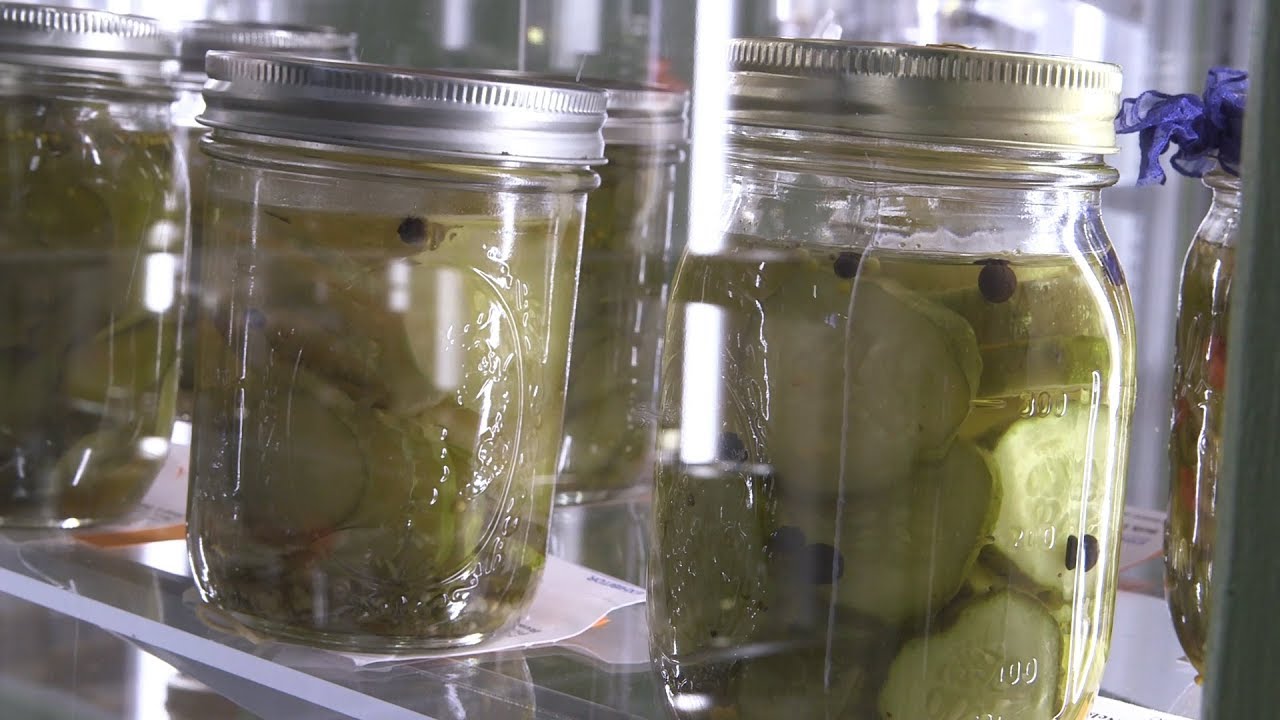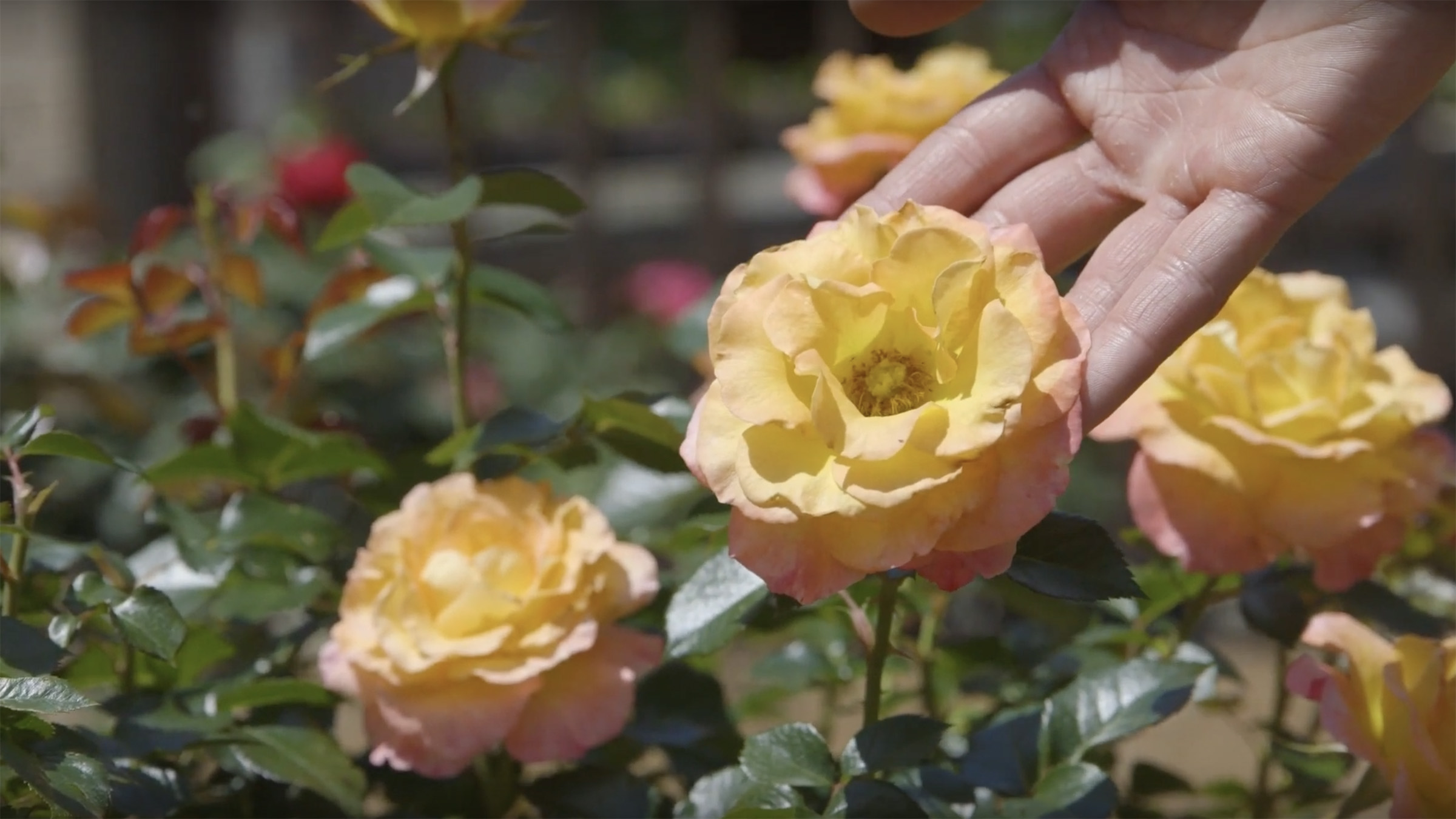Peter Piper would be proud of how far pickling and food preservation have come. In addition to the pickled peppers of yore, a plethora of new and exciting pickle products are available in countless flavors and forms.
Pickling is a way to extend the lifespan of foods like fruits, vegetables, meats, fish, dairy or eggs — as well as to create unique culinary delights. The resulting food is called a pickle or may be prefaced with “pickled” for clarity.
PICK·LING (pik(ə)liNG):preserving a food by using salt, vinegar and/or sugar.
Perhaps the best news of all, you can experiment with different spices, brines and vinegars to prepare your perfect pickle at home! It’s even more satisfying if you’ve grown your own cucumbers.
Get started with our recipe for fresh-pack dill pickles, which features mustard seed, pickling spice and salt to create fresh pickle flavor. Debbie Stroud, food safety specialist with NC State Extension, provides a demonstration and tips in this edition of In the Kitchen.
Recipe
Fresh-Pack Dill Pickles
Yield: 7 servings
Ingredients
- 8 lbs of 3- to 5-inch pickling cucumbers
- 2 gallons water
- 1 1/2 cups canning salt
- 1 1/2 quarts vinegar
- 1/4 cup sugar
- 2 quarts water
- 2 tablespoons mixed pickling spice
- 3 to 5 tablespoons whole mustard seed (1 to 2 tsp. per pint jar)
- 14 heads fresh dill (about 2 heads per pint jar)
Instructions
- Wash cucumbers. Cut a 1/16-inch slice off blossom end and discard, but leave 1/4 inch of stem attached.
- Dissolve salt in 2 gallons water. Pour over cucumbers and let stand 12 hours. Drain.
- Combine vinegar, 1/2 cup salt, sugar and 2 quarts water.
- Add mixed pickling spices tied in a clean white cloth. Heat to boiling.
- Fill jars with cucumbers. Add 1 to 2 tsp. mustard seed and 2 heads fresh dill per pint. Cover with boiling pickling solution, leaving 1/2 inch headspace.
- Adjust lids. Process pints for 10 minutes and quarts for 15 minutes in a boiling water canner.
Types of Pickles
There are pickled foods aplenty, but most of them stem from four primary production methods: fermented (also called “cured”), fresh-pack, relishes and fruit pickles.
Each method creates distinct flavors and textures by using different herbs, spices and seasonings. Once processed, pickles can be packed whole or cut into slices, spears, chips, relish and many other forms to eat and enjoy.
- Fermented pickles are your traditional, old-fashioned pickles made by soaking any vegetable in a brine solution for up to 6 weeks. Examples include dill pickles and sauerkraut.
- Fresh-pack (or quick process) pickles are cured for several hours in a vinegar solution or are immediately combined with hot vinegar, spices and seasonings. Examples include bread-and-butter pickles, sweet gherkins or dill pickles.
- Fruit pickles are whole or sliced fruit simmered in a spicy, sweet-sour syrup. Examples include spiced peaches and crab apples.
- Relishes are made from chopped fruits or vegetables that are cooked to a desired consistency in a spicy vinegar solution. Examples include corn relish and horseradish.
More Pickling Pointers
- Pickling and Fermenting Safety Tips
- Troubleshooting Pickling and Fermentation Problems
- Visit NC State Extension’s Home Food Preservation site for more canning resources and recipes.
- Categories:



